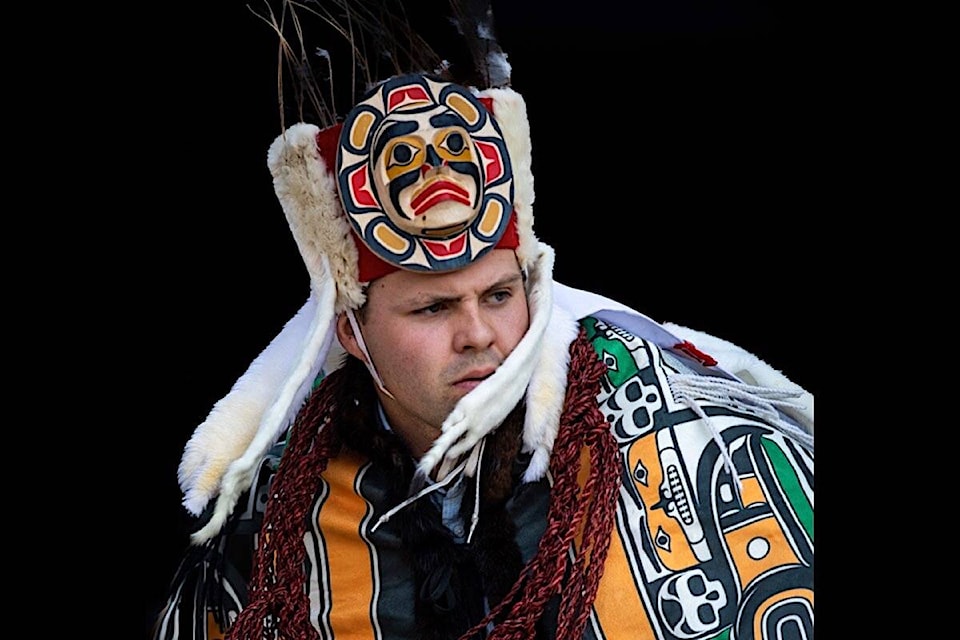A community potluck will be held Friday, Oct. 21 for Kwax’Dzi Dsas at the Cumberland Cultural Centre. Bring your favourite dish, and join Karver Everson and Kumugwe Cultural Society in support of the Cumberland Affordable Family Housing Project, a partnership between the Dawn to Dawn Action on Homelessness Society and the CV Transition Society.
For the next couple of months, Everson of K’omoks First Nation will be carving two totem poles on the future site of Kwax’Dzi Dsas, near the Cumberland Lodge. Start this project off in a good way, listen to the story of the pole, share in cultural practice with Kumugwe, and break bread with friends and neighbours.
The name Gwax’ Dzi Dsas was granted to the project by Elder Mary Everson, nee Frank,“Uma’galis,” is Kwakwaka’wakw, K’omoks and Tlingit and comes from the KFN.
“I look forward to engaging with folks in Cumberland,” said Karver, who will work alongside mentor and friend Junior Henderson, who belongs to the Weiwaikum Band of the Kwakwaka’wakw Nation. “Communication is part of the process.”
The goal of Kwax’ Dzi Dsas is to see a minimum of 40 per cent of Indigenous persons housed in these projects.
The totem pole project is the highlight of a series of indigenization workshops in Cumberland in anticipation of Kwax’Dzi Dsas. Indigenization is a process of naturalizing Indigenous knowledge systems, and making them evident to transform spaces, places and hearts. This can be accomplished through cultural practices, and the presence of Indigenous art, knowledge keepers, programming and native plant systems. The goal of Kwax’ Dzi Dsas is to incorporate Indigenous presence into the design.
Before 1492, there were no homeless people. The over representation of Indigenous people in the homeless population is a further outcome of colonization. The accumulation of settler wealth was built upon the displacement of Indigenous peoples of this land. One in 15 Indigenous people in urban areas in Canada face homelessness, as compared to one in 126 people in the general population.
On Vancouver Island, nearly 40 per cent of the homeless population identifies as Indigenous. Of that, 44 per cent are women. 59 per cent first experienced homelessness as a youth, and 55 per cent have experiences with foster care. 62 per cent have personal or close family history of attending residential school.
Issues such as familial dysfunction and substance use faced by Indigenous Peoples, and which act as contributors to homelessness, can be linked to various types of historical trauma. Social justice, in terms of the distribution of wealth, opportunites and privileges within a society, is the way forward to address these issues. This programming is a small step in that process.
“Come give a warm Cumberland welcome,” says Grant Shilling, D2D community facilitator. “Bring a meal, your desire to listen and be the change we all hope to see.”
The potluck is at 6 p.m. Doors open at 5 p.m.
